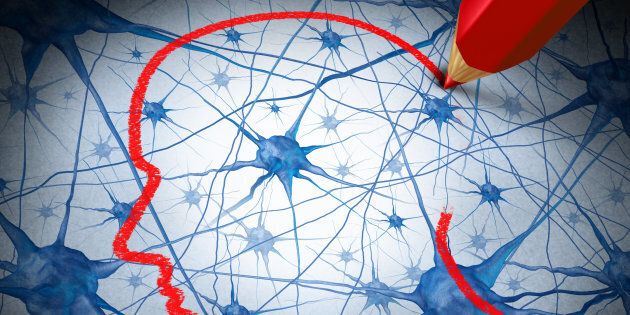
A large-scale new study aims to crack the genetic code for autism, identifying 18 new genetic variations linked to an increased risk for the disorder.
In the largest genome study of autism yet, researchers analyzed over 5,000 complete genomes from entire families affected by the disorder. The research brings scientists closer to identifying the many subtypes of autism, which could lead to better and more tailored treatments and help explain the causes and biology of autism in its many forms.
The new findings, published Monday in the journal Nature Neuroscience, add to the ongoing MSSNG project from Autism Speaks, a research and advocacy organization. So far, the research project has identified a total of 61 genetic variations that affect autism risk.
Autism’s significant range of genetic variation highlights the idea that it can encompass a true “spectrum” of disorders that vary significantly in both presentation and underlying biology.
“[The study] helps underscore ... the incredible variety, the heterogeneity, in what autism is,” Dr. Mathew Pletcher, vice president for genomic discovery at Autism Speaks, told The Huffington Post. “This diagnostic category of autism is one that covers so many unique genetic backgrounds and unique biologies, and yet it’s all being considered as one thing. But in reality, with each new study we do and each new gene we find, we’re seeing that in fact autism is collecting together this huge group of really complex genetic traits.”
[The study] helps underscore... the incredible variety, the heterogeneity, in what autism is.Dr. Mathew Pletcher, Autism Speaks
Recent findings like this could eventually lead to dividing autism into separate categories of more specific disorders that can be diagnosed and treated differently, based on individual needs. Once this genetic information is integrated into diagnosis, patients can be treated in a more efficient and personalized manner, according to Pletcher.
The unprecedented size of the open-access genetic database ― housed in Google Cloud thanks to a collaboration with Verily, Google’s life sciences division ― allowed the researchers to analyze the 3 billion DNA pairs that make up each person’s genome. They were also able to look beyond genetic mutations (or “spelling errors” in DNA) to find other genetic changes associated with autism, such as chromosomal abnormalities and repeated or deleted genes.
Many of the newly identified genes are classified as “druggable” ― meaning that scientists know that they can devise molecules that can interact with the proteins created by these genes to alter their function, Pletcher explained. In fact, the study’s authors estimate that around 80 percent of the 61 genes discovered hold potential as the target for medications.
Some of the genes were also related to medical conditions that occur with autism, including seizures and adult diabetes. This discovery could prove useful in early diagnosis and preventive care.
The newly identified genetic variations don’t exist in isolation. Instead, they tend to fall into one of three distinct biological “pathways,” or connected networks of genetic mutations. One pathway, for instance, causes changes in the way neurons develop and communicate with one another. These pathways could be potential targets for a new generation of medications that address multiple genetic variations at the same time, according to Pletcher.
A unique advantage of the MSSNG project is that it looks to the genomes of whole families, rather than those of just individuals. Analyzing family genetic profiles can help explain things like why one child develops severe autism while a sibling with the same genetic variants might have a mild version or not have the disorder at all.
“This reinforces the significant neurodiversity involved in this complex condition,” the study’s senior investigator, Dr. Stephen Scherer, said in a statement. “In addition, the depth of the MSSNG database allowed us to identify resilient individuals who carry autism-associated gene variations without developing autism. We believe that this, too, is an important part of the neurodiversity story.”
